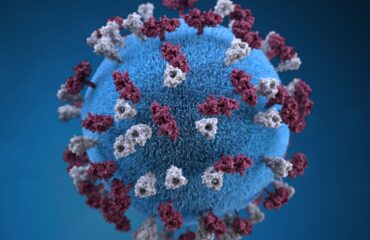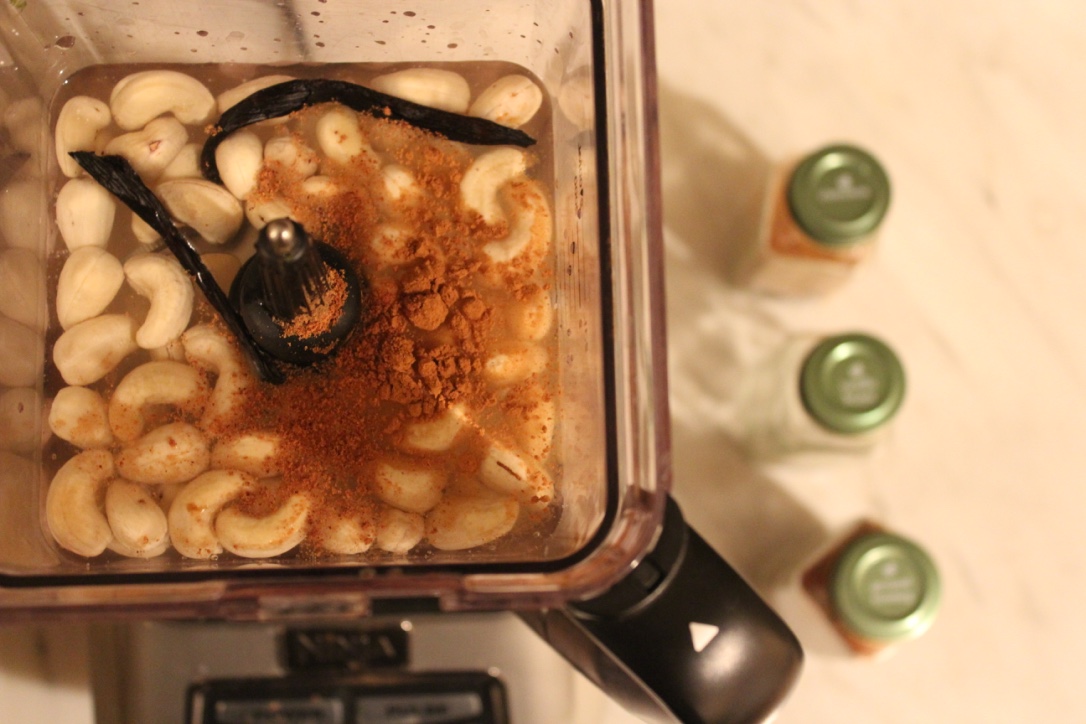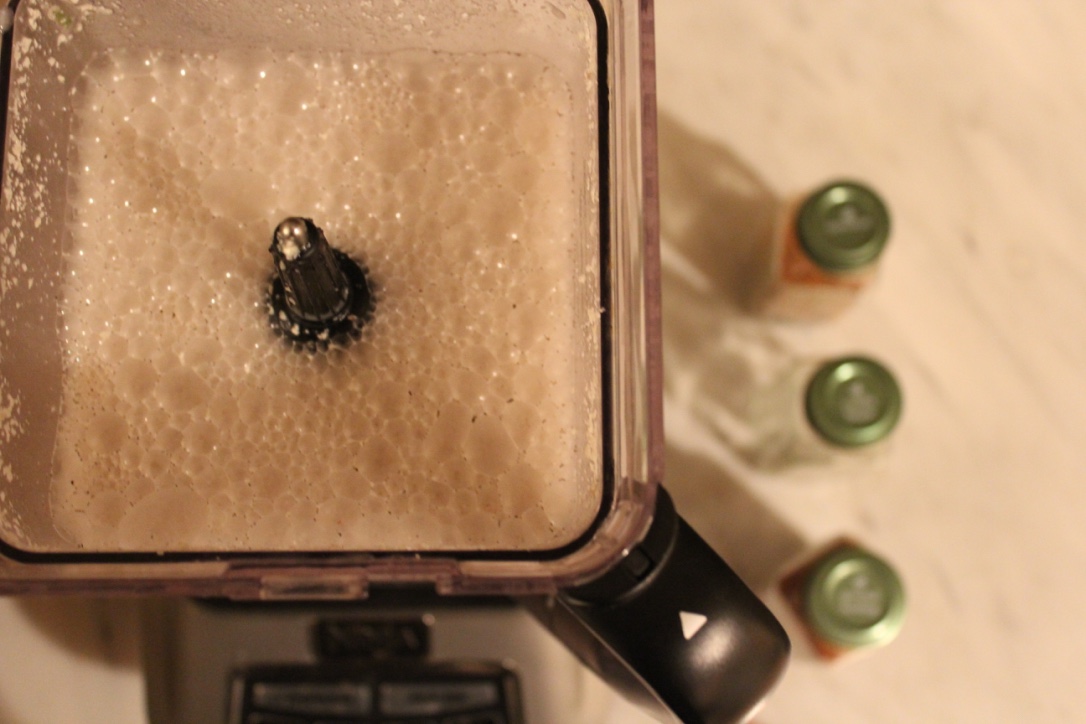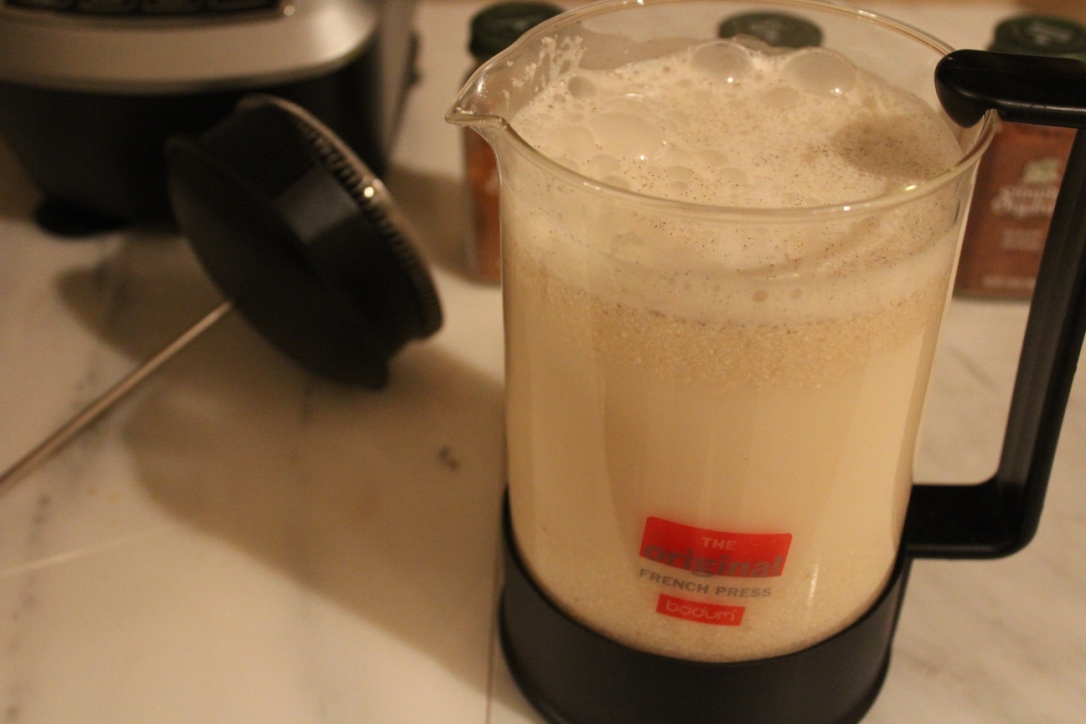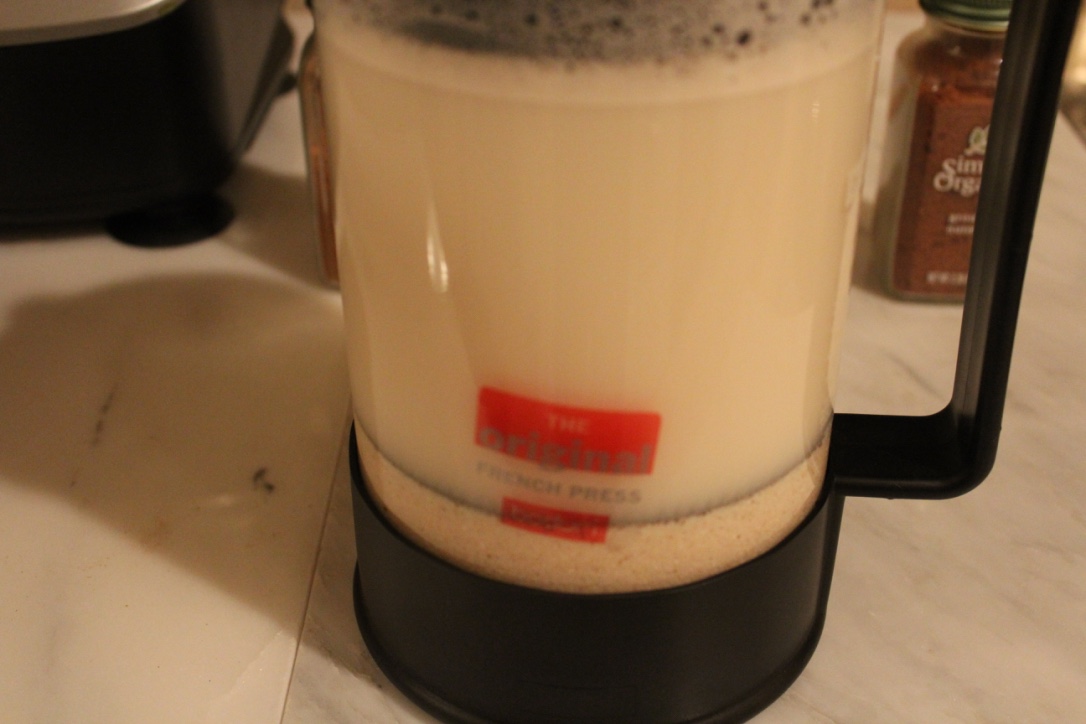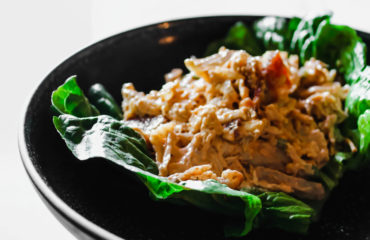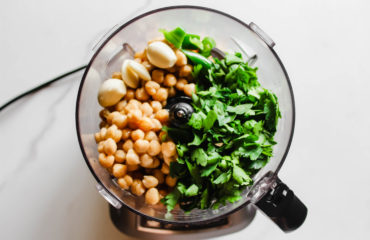Cashews
Cashews are the third most produced type of “nut” worldwide. Did you know that cashews are actually seeds? They are quite popular due to their versatility. Cashews are high in unsaturated fatty acids, fiber, and minerals. Cashews contain phytic acid which has antioxidant properties. Phytic acid is also known as inositol hexaphosphate. It has been shown to help prevent cancer by way of its dietary phytochemical properties. (Singh & Agarwal, 2005) Other benefits of phytic acid include: preventing pathological calcification and kidney stone formation, lower elevated serum cholesterol, and reduce pathological platelet activity. (Vucenik & Shamsuddin, 2006)
1/4 Cup Raw Cashews (1 oz)
- 12 g fat
- 8 g carbs
- 5 g protein
- excellent source of copper, phosphorus, manganese, magnesium, zinc, vitamin K, B-complex vitamins, and amino acids.
Why Should You Soak Nuts?
Have you ever noticed digestive issues, bloating, or adverse reactions after eating nuts? If so, do not be alarmed. It is actually very common. Raw nuts have high amounts of phytic acid. Phytic acid is the storage form of phosphorus. It is only found in plant-based foods. Nuts, seeds, grains, beans, and legumes have larger amounts of phytic acid than other plant-based foods. Phytic acid binds to minerals in the digestive tract which in turn can cause gastrointestinal irritability. When it binds with minerals in the digestive tract it is called a phytate. When phytates are present they can impair the absorption of iron, zinc, and calcium at that time. Now, a lot of people’s guts may not experience any issues. If someone has a healthy and balanced gut flora they will probably better handle increases of phytic acid from time to time. People who consume a largely plant-based diet may be at risk for mineral depletion if their GI is constantly under absorbing nutrients needed. Is there a way to inhibit or lessen phytic acid? You betcha! There are three common ways to decrease phytic acid and phytates: soaking, germination, and fermentation. Soaking is bar far the easiest and quickest way to combat this pesky problem.
Soaking
When nuts are soaked in salt water and then dehydrated it neutralizes the phytates. Technically speaking, the nuts are undergoing dephosphorylation. Yes, it really is that simple. Cashews are a softer nut and only require +/- six hours of soaking. A more dense nut, like an almond, would require 8-10+/- hours. Investing in a dehydrator is pretty much a must! I use this dehydrator for a multitude of things and it has never failed me. It has a classic on/off switch, so you can run it as long as you wish. You can also adjust the temperature anywhere from 95 F to 165 F. After soaking nuts, you will want to dehydrate them for at least 12 hours. I would recommend starting your dehydrator at 150 F for a few hours and make certain the nuts are actually drying out. If they are, you can turn the heat down for the remainder of the time. If you don’t have a dehydrator you may be able to use your oven at its lowest setting, 150-200F. To learn what the soak times are for other nuts, seeds, legumes, and grains read about it in the Phytic Acid nutritional blogpost.
Ingredients
- 1 1/2 cups Organic Raw Cashews
- 1 tablespoon Celtic Sea Salt
- 1 Organic Whole Vanilla Bean
- 3 Organic Medjool Dates
- 1/2 teaspoon Organic Ground Cinnamon
- 1/4 teaspoon Organic Ground Nutmeg
- Bleach Free Cheesecloth
or 1.5L French Press
- Ninja Blender
or other immersion blender
Instructions
- Place nuts in a large bowl with salt and cover with spring water
- Let soak overnight or for at least 6 hours
- Place nuts in Ninja Blender
and add spring water to fill
- Add vanilla bean, dates (take pits out), cinnamon, and nutmeg
- Blend on high for 2 minutes
- Place mixture in the 1.5L French Press
or Bleach Free Cheesecloth
and squeeze/press the milk through!
- Store in a airtight container...I am a big fan of Wide Mouth Mason Jars
!
References
Lopez, H. W., Leenhardt, F., Coudray, C. and Remesy, C. (2002), Minerals and phytic acid interactions: is it a real problem for human nutrition?. International Journal of Food Science & Technology, 37: 727–739. doi:10.1046/j.1365-2621.2002.00618.x
Schlemmer, U., Frolich, W., Prieto, R. M., & Grases, F. (2009, September). Phytate in foods and significance for humans: Food sources, intake, processing, bioavailability, protective role and analysis. Retrieved November 01, 2016, from https://www.ncbi.nlm.nih.gov/pubmed/19774556
Singh, R. P., & Agarwal, R. (2005, July/August). Prostate cancer and inositol hexaphosphate: Efficacy and mechanisms. Retrieved November 01, 2016, from https://www.ncbi.nlm.nih.gov/pubmed/16080543
Urbano, G., Lopez-Jurado, M., Aranda, P., Vidal-Valverde, C., Tenorio, E., & Porres, J. (2000, September). The role of phytic acid in legumes: Antinutrient or beneficial function? Retrieved November 01, 2016, from https://www.ncbi.nlm.nih.gov/pubmed/11198165
Vucenik, I., & Shamsuddin, A. M. (2006). Protection against cancer by dietary IP6 and inositol. Retrieved November 01, 2016, from https://www.ncbi.nlm.nih.gov/pubmed/17044765

